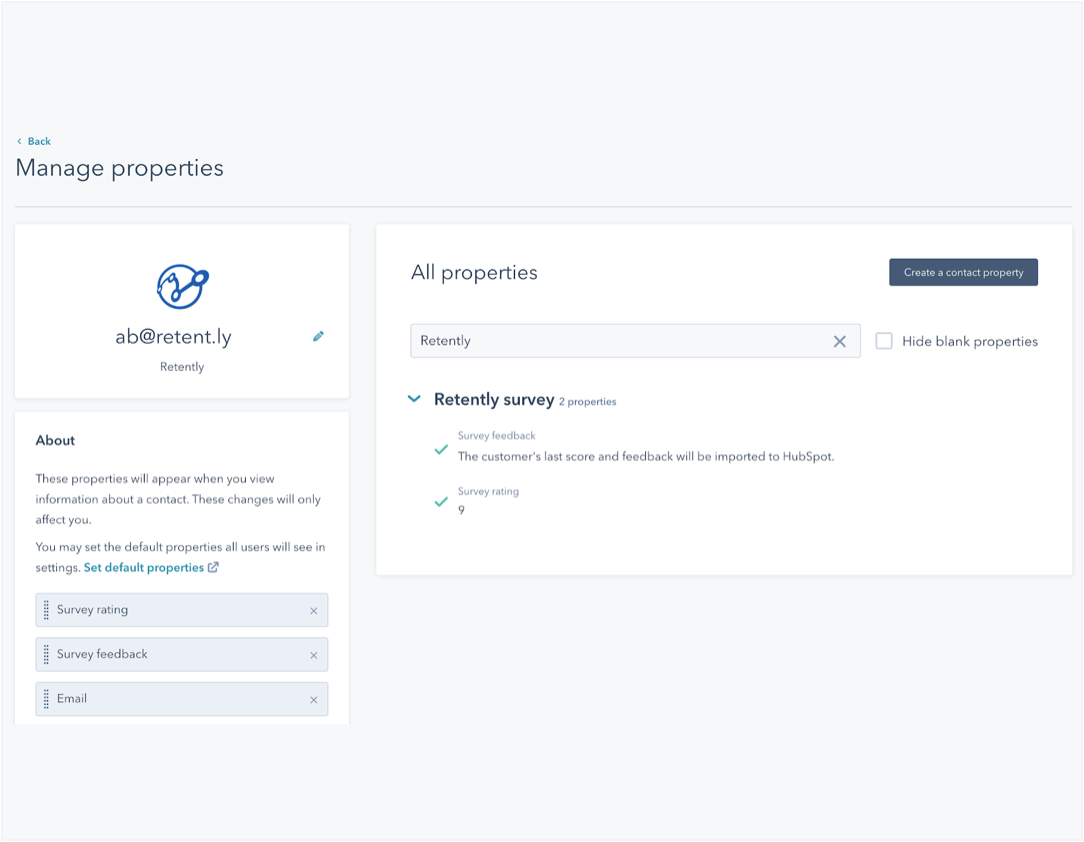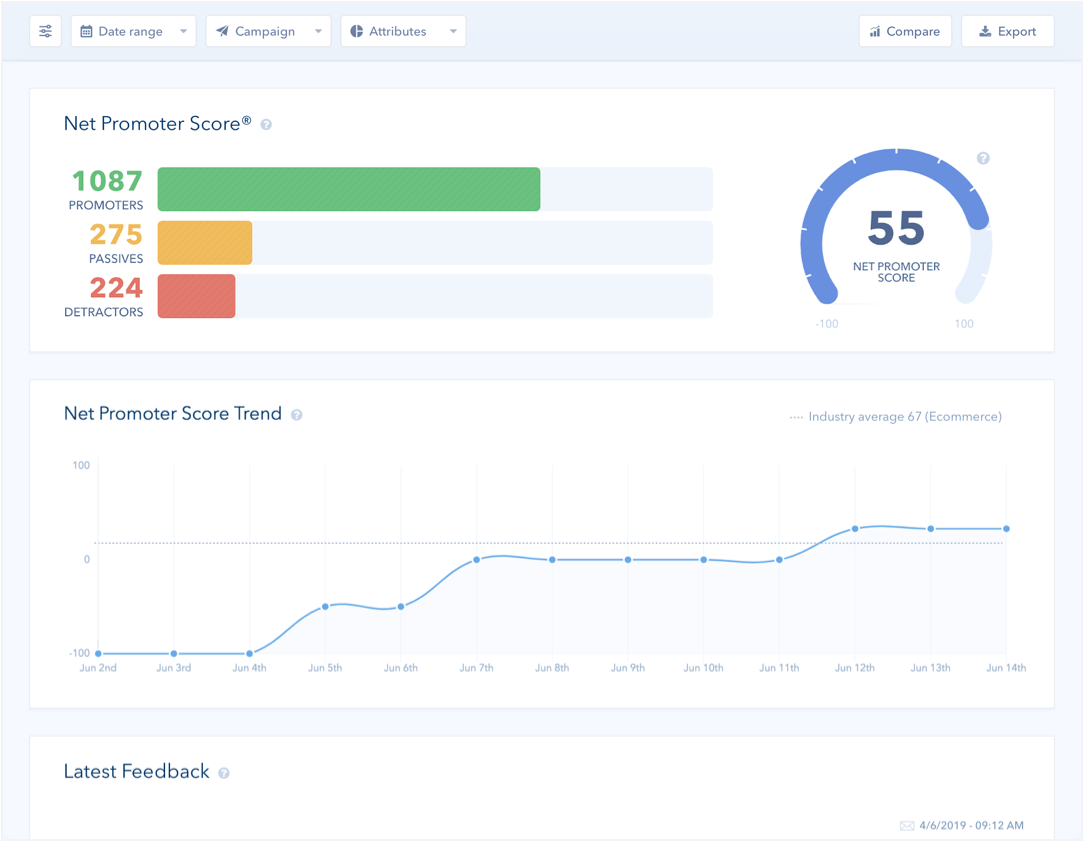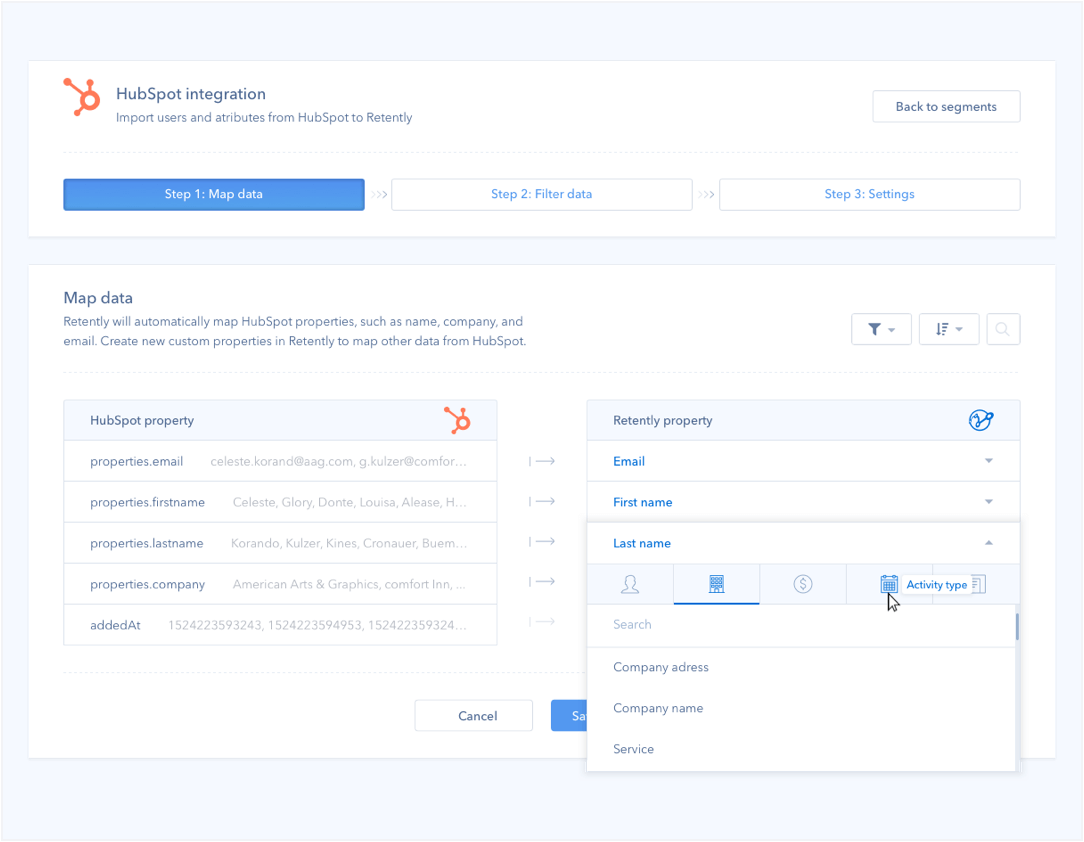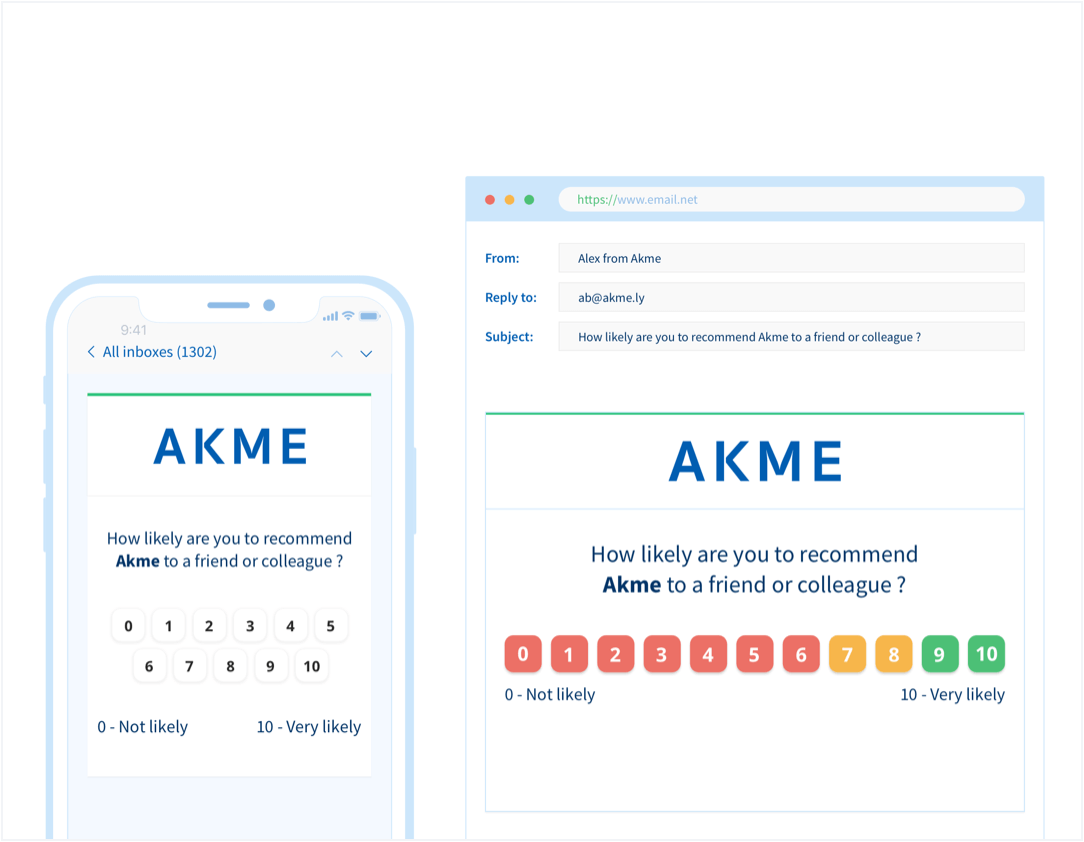Customer satisfaction surveys for HubSpot
Sync your contacts from HubSpot, send customer surveys triggered by HubSpot workflows, collect and analyze customer feedback, and add it to HubSpot as Contact Properties.
Start Free Trial
Track and improve customer satisfaction
Use Retently to get a constant pulse on your customer satisfaction and gain an accurate understanding of how your company, product or service is perceived.
Uncover areas that require improvements or strengths that put you ahead of your competition.
Sync your customers and their properties from HubSpot
Sync contacts and lists from HubSpot to Retently to easily filter NPS results by customer segment, region, product or any contact properties available in HubSpot.
Send surveys triggered by HubSpot workflows
Add a Retently webhook link in a HubSpot workflow action and send transactional email surveys when contacts meet the workflow’s enrollment criteria. You can survey contacts when their lifecycle stage has changed or when their properties were changed.
Sample your audience, delay or throttle campaigns to avoid over-surveying customers.
Send automated, personalized surveys
Reach HubSpot contacts via automated and highly personalized survey campaigns.
Automatically follow-up or send reminder surveys to the ones who did not provide feedback.

Close the feedback loop
Send survey reminders and automatically trigger personalized autoresponders based on the received survey score and feedback.
Follow up with unsatisfied customers to learn more about the challenges they’re facing, or invite the Promoters to your referral program.
Automatically export survey feedback and score to HubSpot
Collect survey feedback and send it straight to the customer profiles in HubSpot.
Use this data to segment your customers based on their score and feedback, and trigger personalized messages.


Integrate code-free, no developers required
Integrate HubSpot and Retently quickly and hassle-free!
The integration setup is code-free and doesn’t require developers - just authorize your HubSpot account, create a new survey campaign, and start collecting valuable customer feedback.
Connect your HubSpot account
Connect HubSpot


















